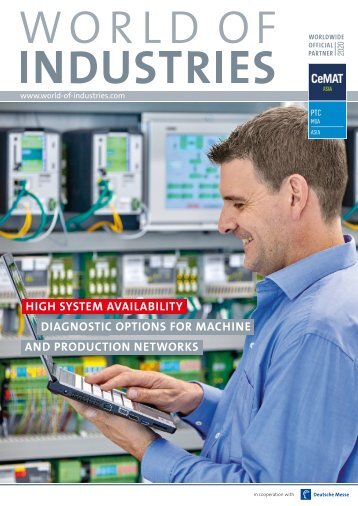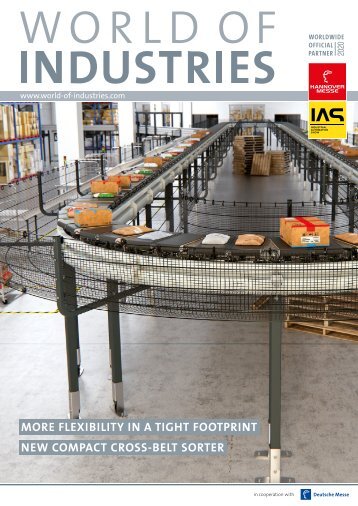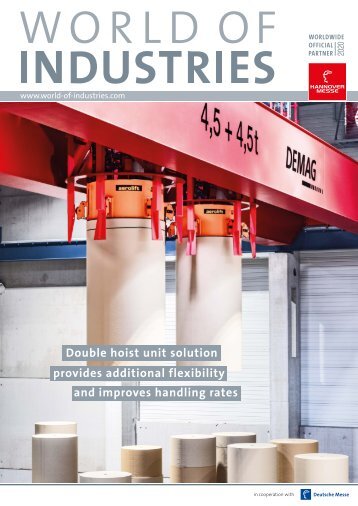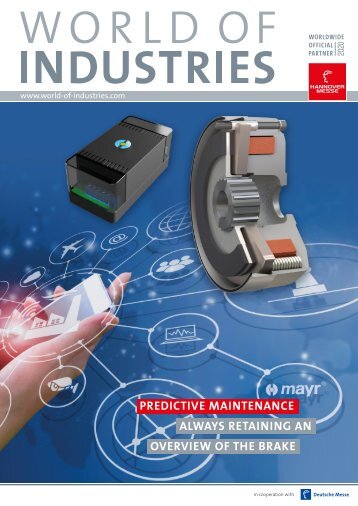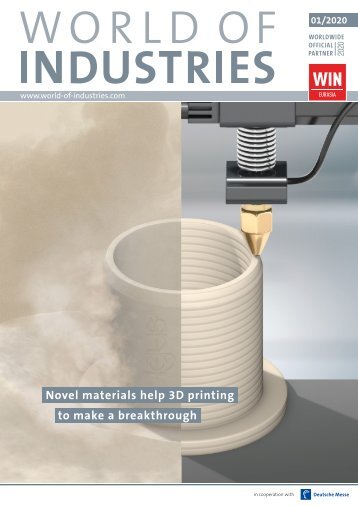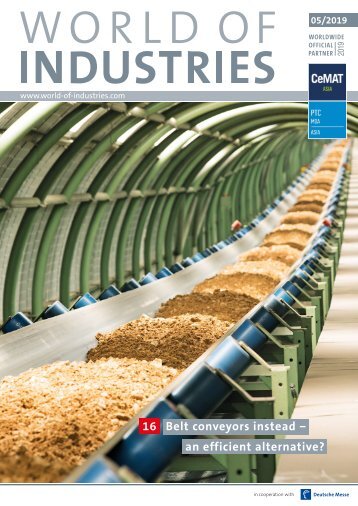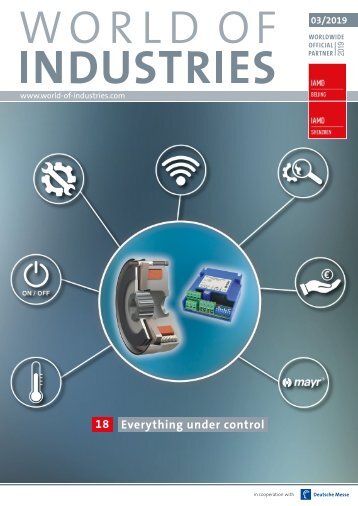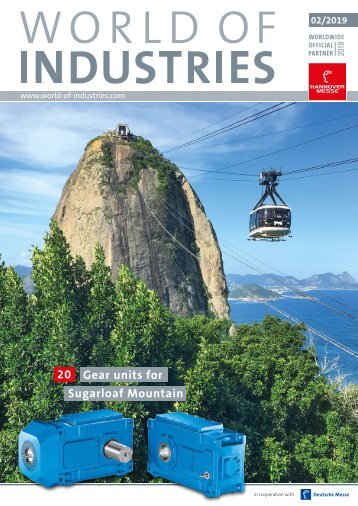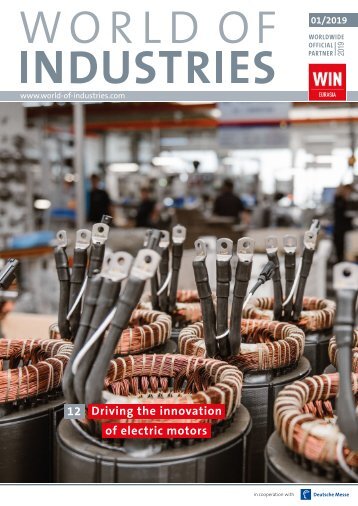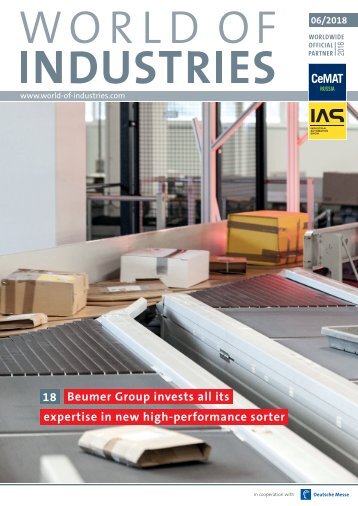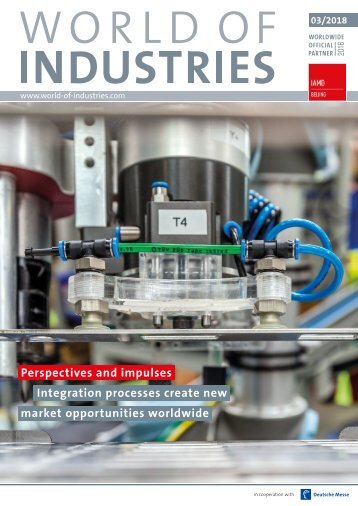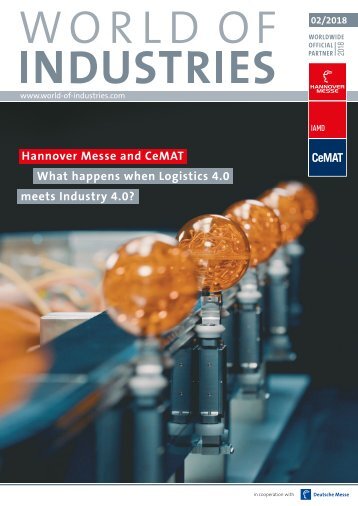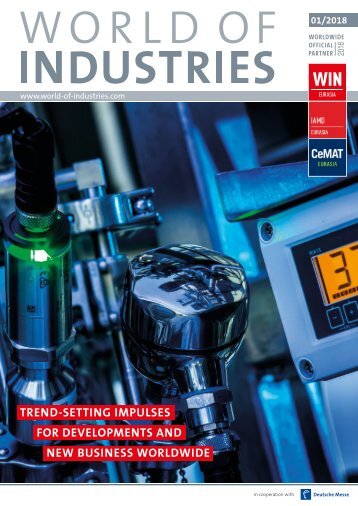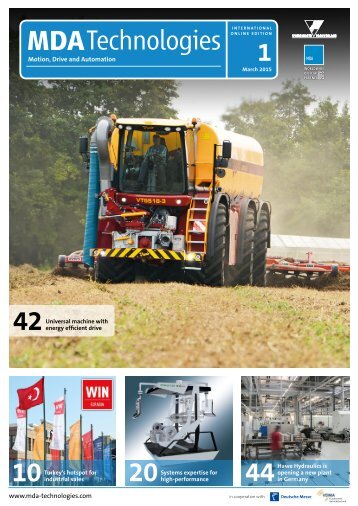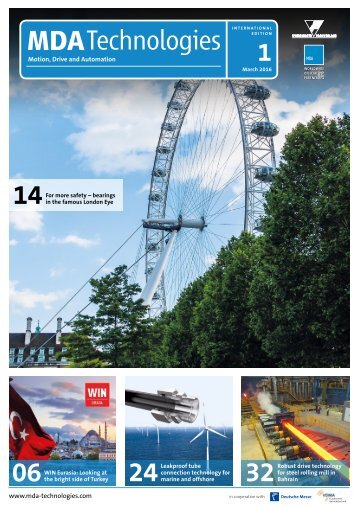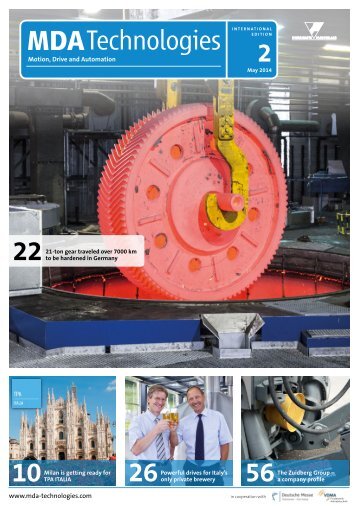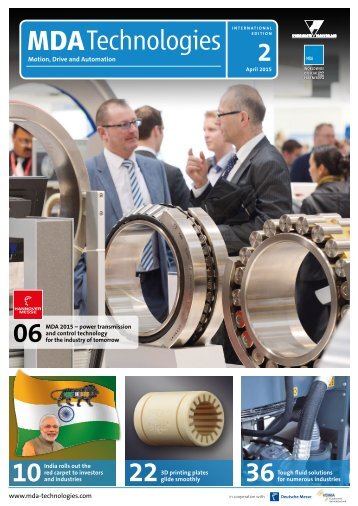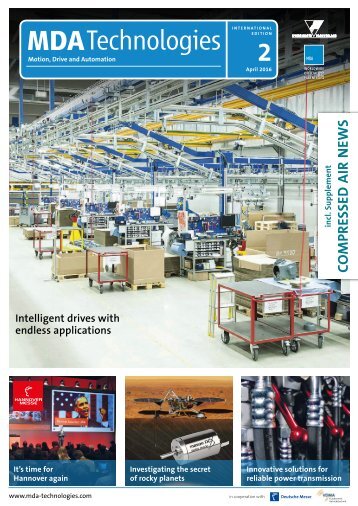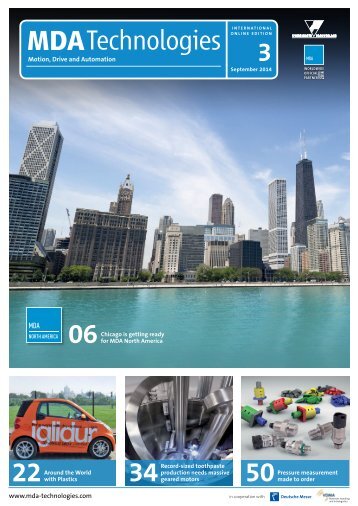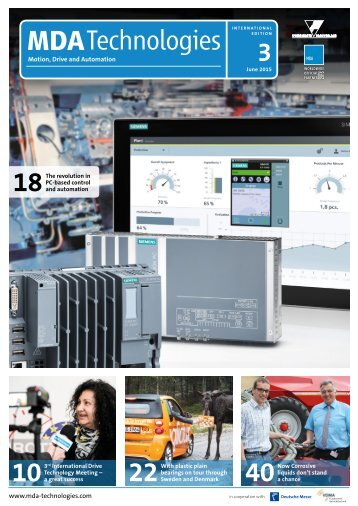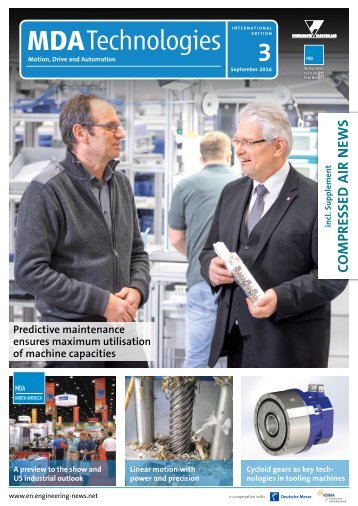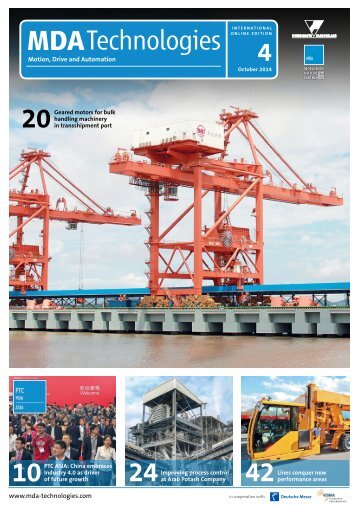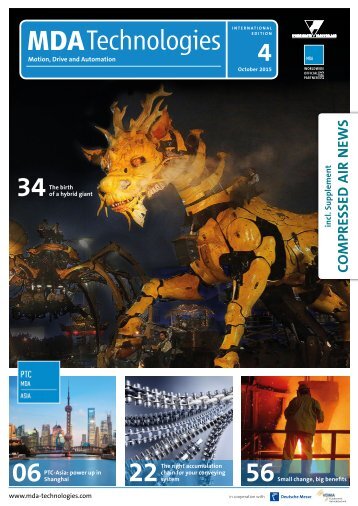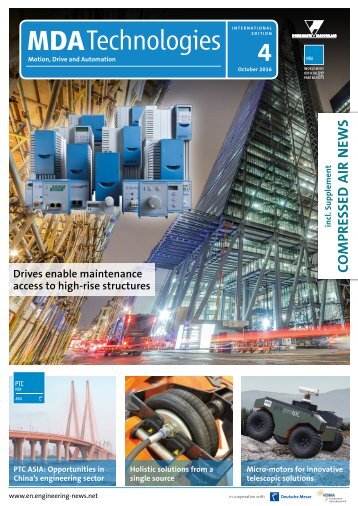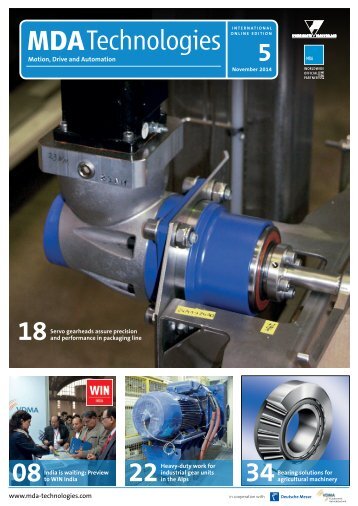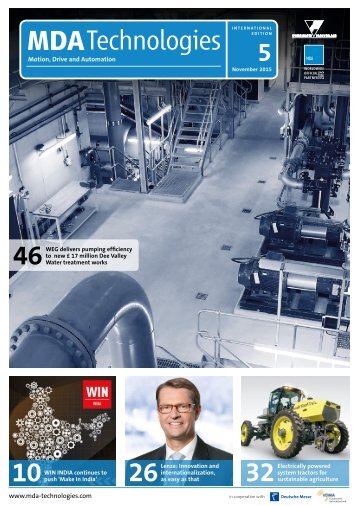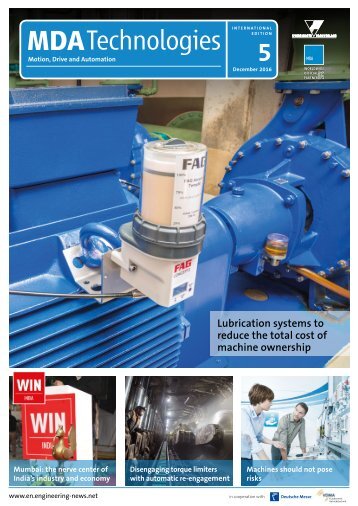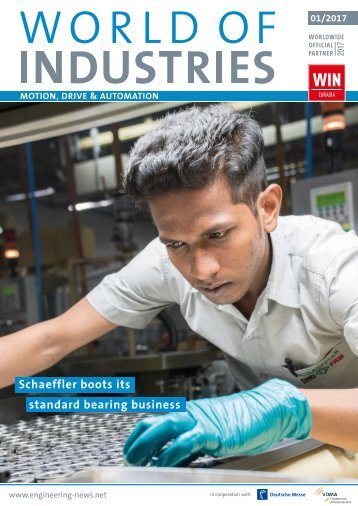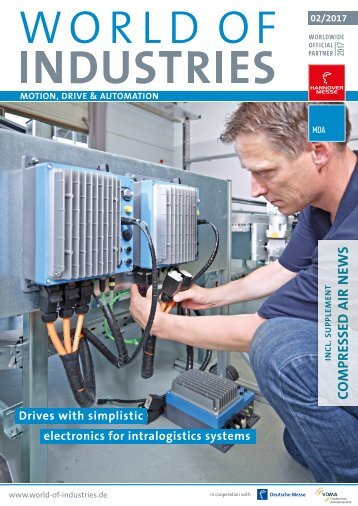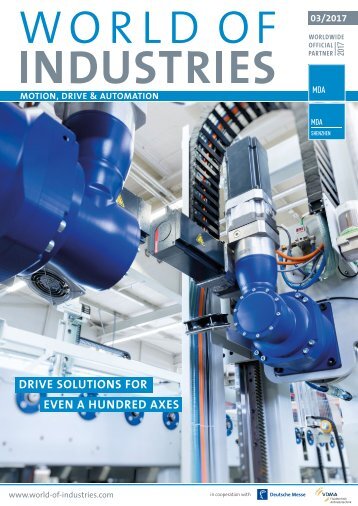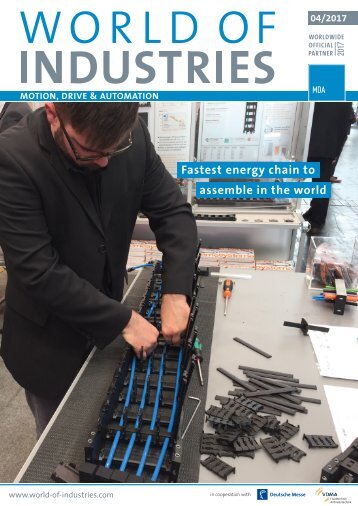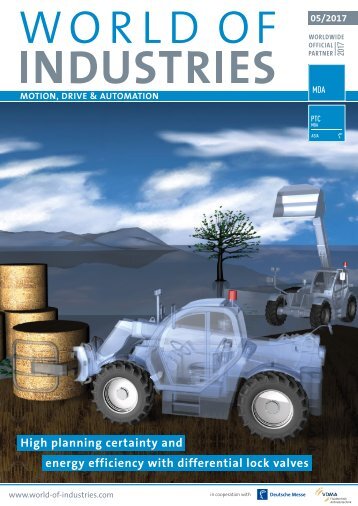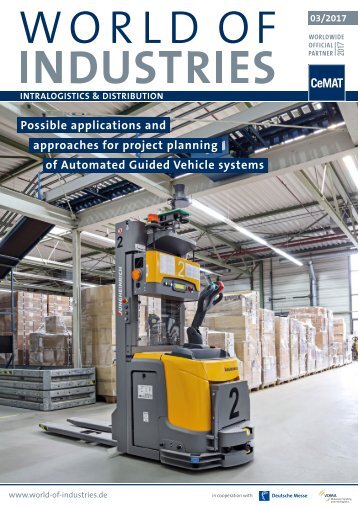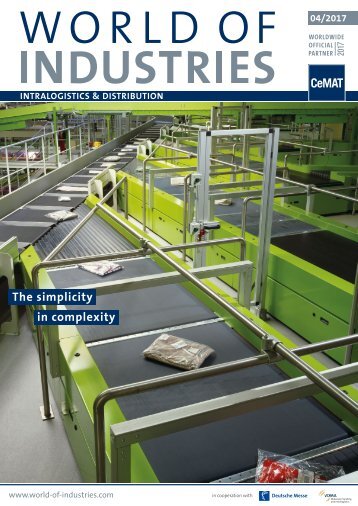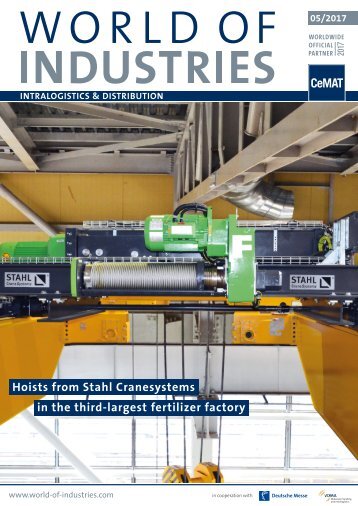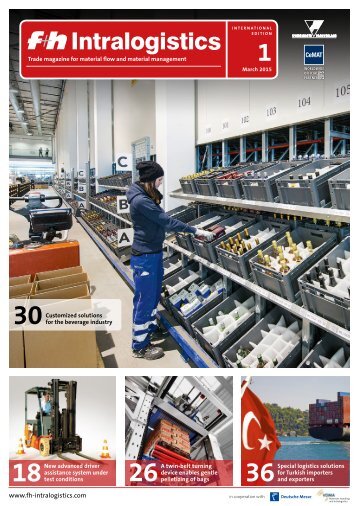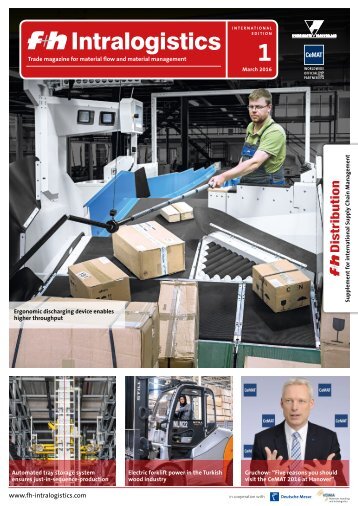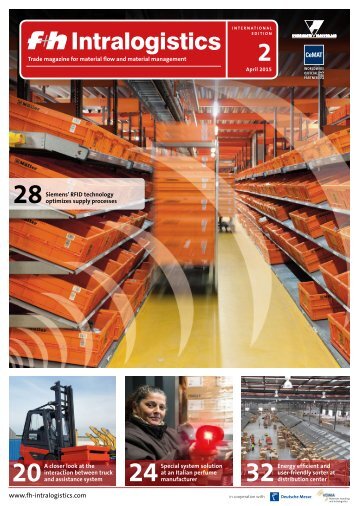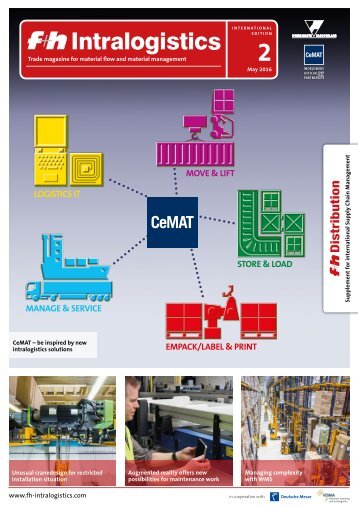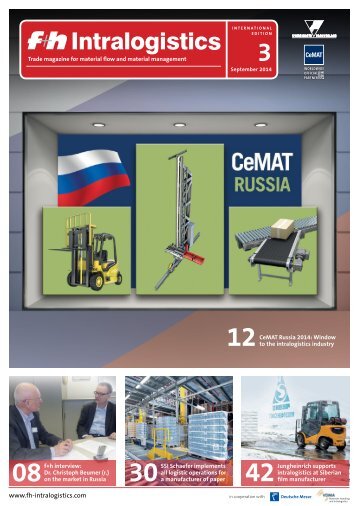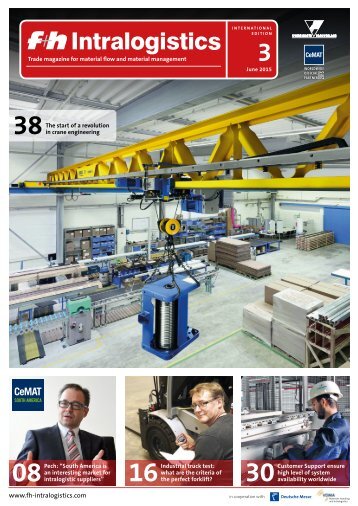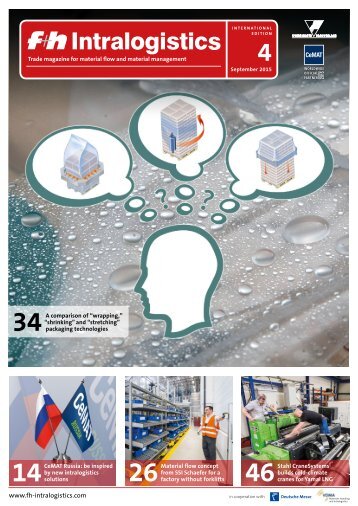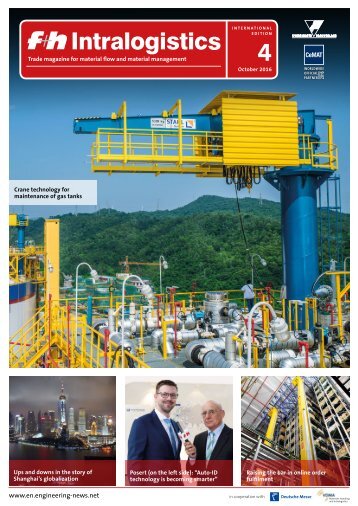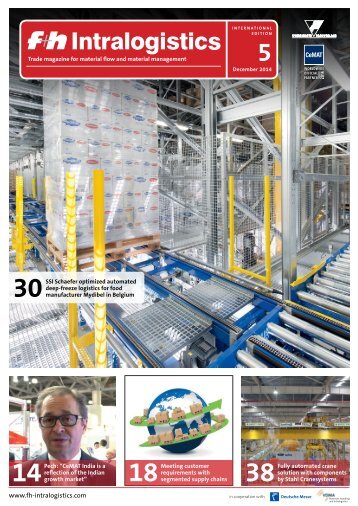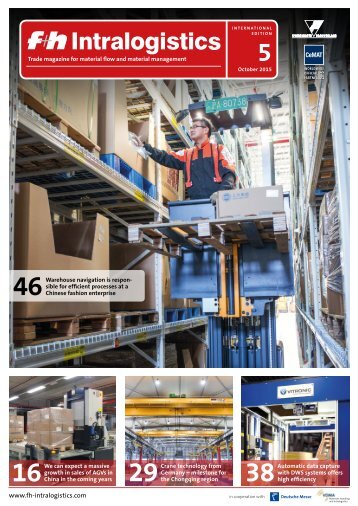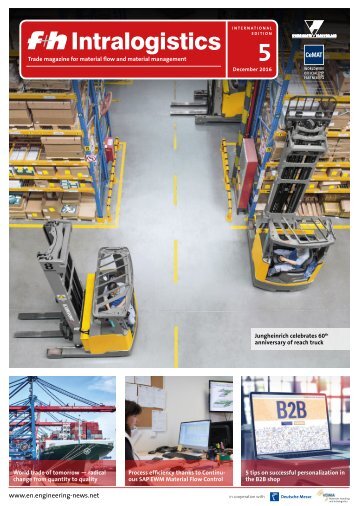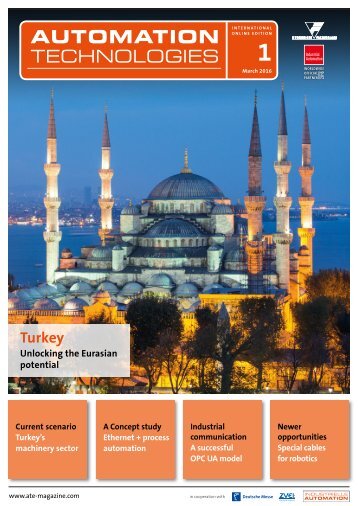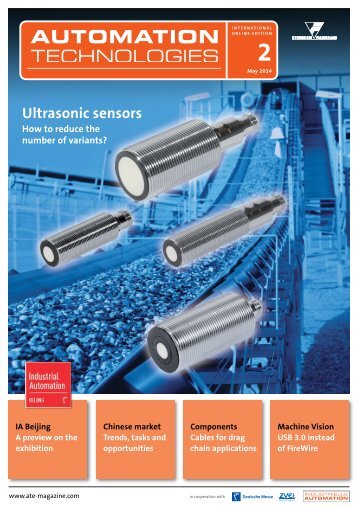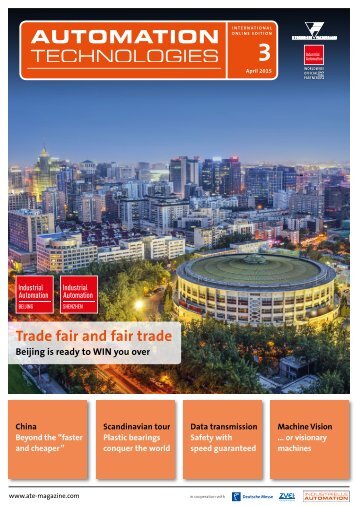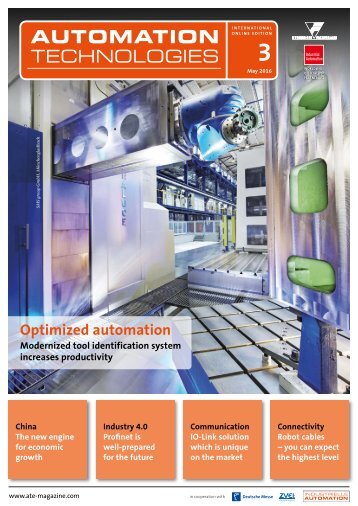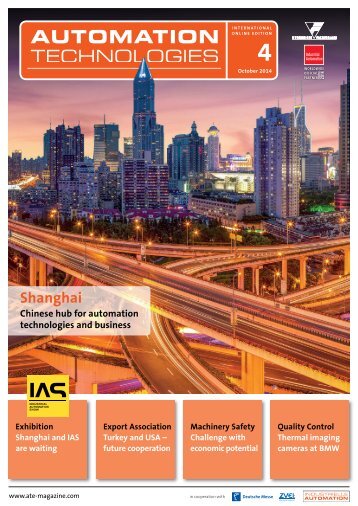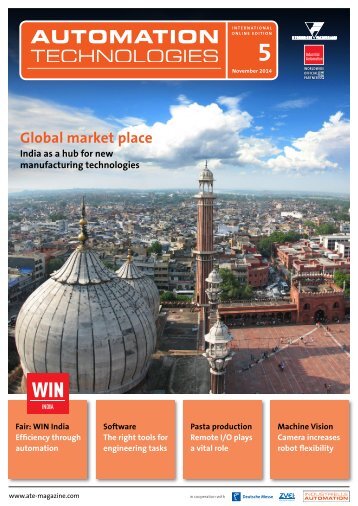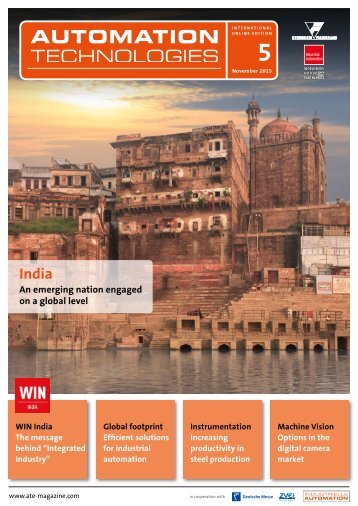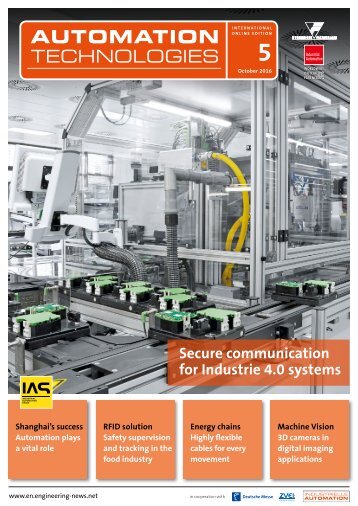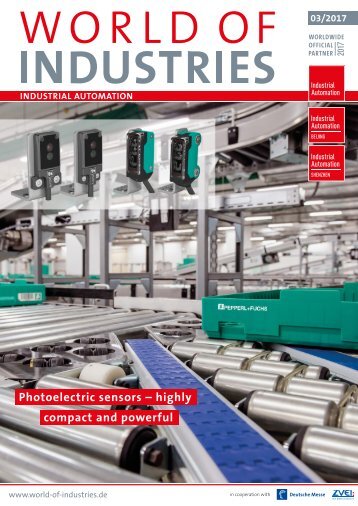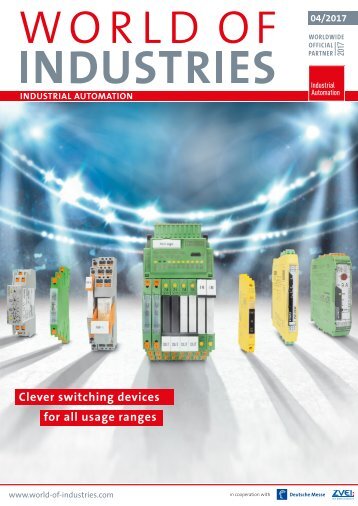MDA Technologies 3/2015
- Text
- Mda
- Technologies
Now Corrosive liquids
Now Corrosive liquids don’t stand a chance For profitable economics in agriculture, a continuous operation of soil tillage implements and sowers is a vital prerequisite. Important criterion: The machines must be resistant to corrosion from fertilizer, rain, and frost. This particularly applies to connection parts of the machine hydraulics that are critical for function. If the component is not optimally compatible with the system requirements or is incorrectly assembled, leaks can quickly occur Agriculture is characterized by price erosion: Companies must achieve a high work productivity, additionally the environmental standards of the EU require a resource efficient cultivation of rural areas. Horsch Maschinen GmbH is one of the leading manufacturers of machines and progressive components for soil tillage, seeding, and plant protection. New quality standards in hydraulics Within the last few years, there has been an increasing demand for fertilization machines – the requirements here for the corrosion protection of the integrated parts are especially high. Along with operational safety and flawlessly designed machines the corrosion resistance against liquid fertilizer and fertilizer dust, is extremely important, emphasizes Thomas Prüll from Research and Development at Horsch. In order to provide a future-proof and consistently high standard in fluid technology, Horsch now connects Voss Fluid GmbH as the standard supplier for hydraulic connection technology. Voss Fluid with its zinc-nickel coating, which leads the market with its high corrosion protection has convinced the influencers of the R&D department at Horsch. Effective surface technology Definitive arguments for Horsch: Voss coat outperforms even the highest corrosion protection class K5 of the German Association of Machinery and Plant Construction (VDMA) standard sheet 24 576, in that a red rust resistance on the surface of at least 720 hours is required. Additionally, in contrast to pure zinc surfaces, only a light, inconspicuous grey coating is formed rather than a pronounced white rust. Unassembled parts coated with Voss coat achieve a corrosion protection of more than 2 000 hours in the salt spray test. Even in the practical test, the surface 40 MDA Technologies 3/2015
MACHINE ELEMENTS proved its resistance under real conditions. For this, randomly selected articles passed through the typical work process, from transport and storage to assembly with standard tools. Despite mechanical stress, the connection parts showed no corrosion of the base metal, even after 1 000 hours. In order to ensure suitability even with regard to requirements in agricultural engineering, Horsch examined Voss coat more closely. “For us the results from the salt spray test are only of limited significance,” said Prüll. “The actual effects of assembly, fertilizer, temperature, and humidity on corrosion resistance first appear on the fields.” Even the conditions in operation put an effective corrosion protection to the test: If exposed parts come into contact with mineral or nitrate fertilizers, this can lead to increased corrosion. Therefore, in a weathering test since November 2013, the developers from Horsch have been testing how couplings from various manufacturers and different surfaces behave over an extended period of time. In order to realistically recreate the real conditions, Horsch mounted the couplings, secured them onto a rack, and exposed them to natural weathering. Over a period of two months, the developers sprayed the components every workday with an established liquid fertilizer solution known for its corrosive effect. The comparison was made between components with A3C coating and zinc-nickel surface as well as stainless steel connection pieces. After just a short amount of time, red rust appeared over the entire surface of the zinc-coated yellow-passivated surfaces and the standard zinc-nickel coating. In contrast, only marginal traces of corrosion were detected on the connection technology from Voss Fluid, even six months after the beginning of the test. In direct comparison with other zinc-nickel surfaces, Voss coat therefore comes out on top, an indication that high corrosion MDA Technologies 3/2015 41
- Page 1: Motion, Drive and Automation INTERN
- Page 4 and 5: TABLE OF CONTENT 06 Sensing the win
- Page 6 and 7: Sensing the winds of change in Indi
- Page 8 and 9: Robotic arms that mimic animals, un
- Page 10 and 11: NEWS AND MARKETS 3 rd International
- Page 12 and 13: Worldwide News 2015 Manus: The Inte
- Page 14 and 15: Antriebstechnik Worldwide News Beck
- Page 16 and 17: NEWS AND MARKETS Why electromobilit
- Page 18 and 19: The revolution in PC-based control
- Page 20 and 21: MEASUREMENT AND CONTROL 01 02 03 04
- Page 22 and 23: With plastic plain bearings on tour
- Page 24 and 25: 04 06 05 07 tions.” No sooner was
- Page 26 and 27: FAG’s new housing design improves
- Page 28 and 29: MACHINE ELEMENTS 01 02 03 01 Load d
- Page 30 and 31: MACHINE ELEMENTS Building kit syste
- Page 32 and 33: Product News Gearhead combined with
- Page 34 and 35: MACHINE ELEMENTS A multifunctional
- Page 36 and 37: MEASUREMENT AND CONTROL Firefightin
- Page 38 and 39: From Chicago via Birmingham to Zwei
- Page 42 and 43: MACHINE ELEMENTS 01 The hydraulic c
- Page 44 and 45: SUCCESS STORY Integrated drive syst
- Page 46 and 47: Record-breaking: 11 MNm misalignmen
- Page 48 and 49: About Company name: Centa Antriebe
- Page 50 and 51: ig our picture The artificial ants
- Page 52: www.contitech.de/engineeringnextlev
Inappropriate
Loading...
Mail this publication
Loading...
Embed
Loading...

